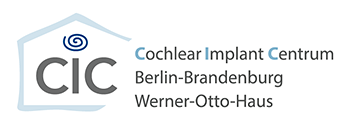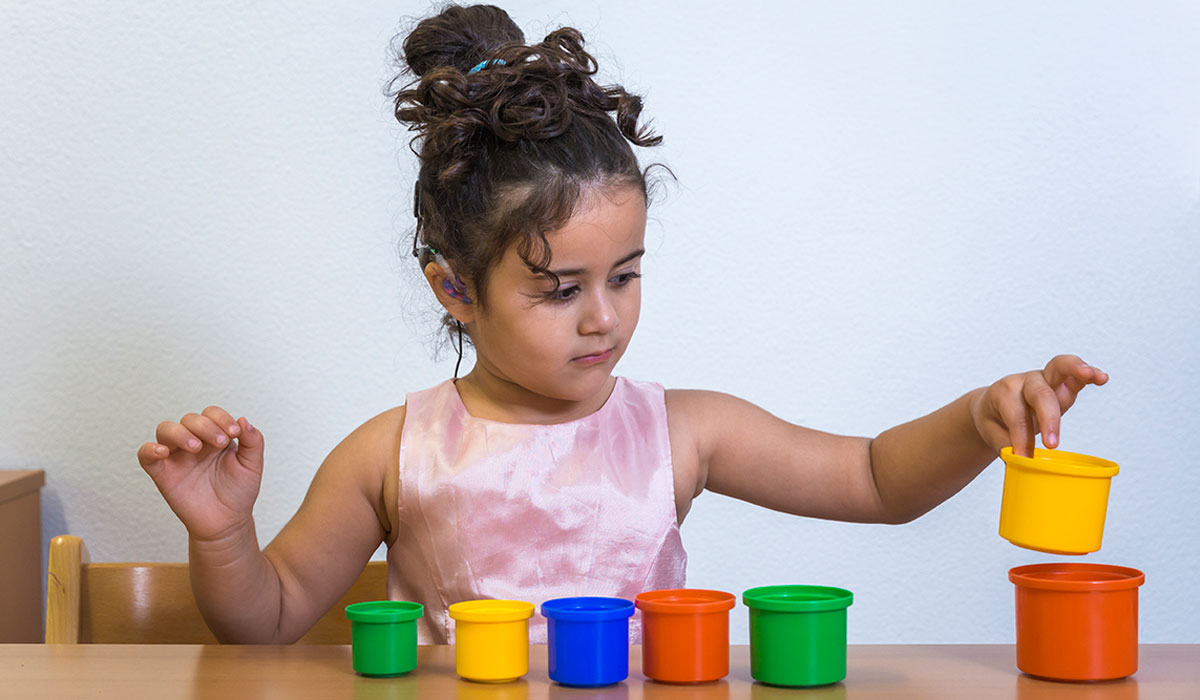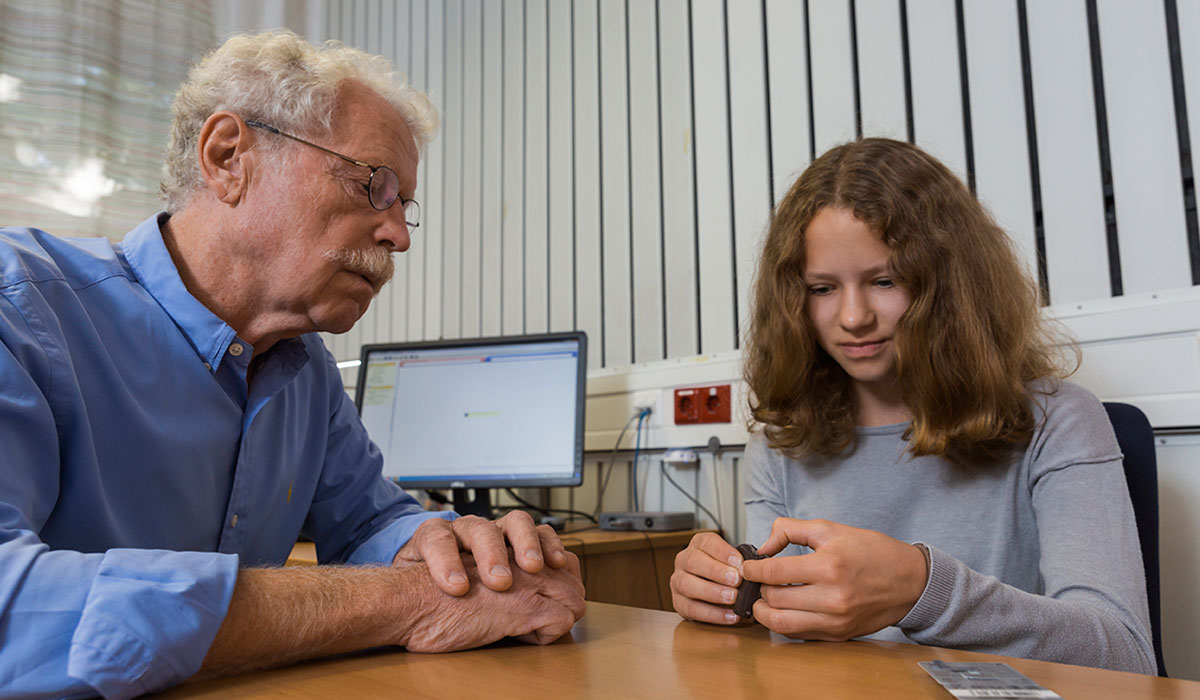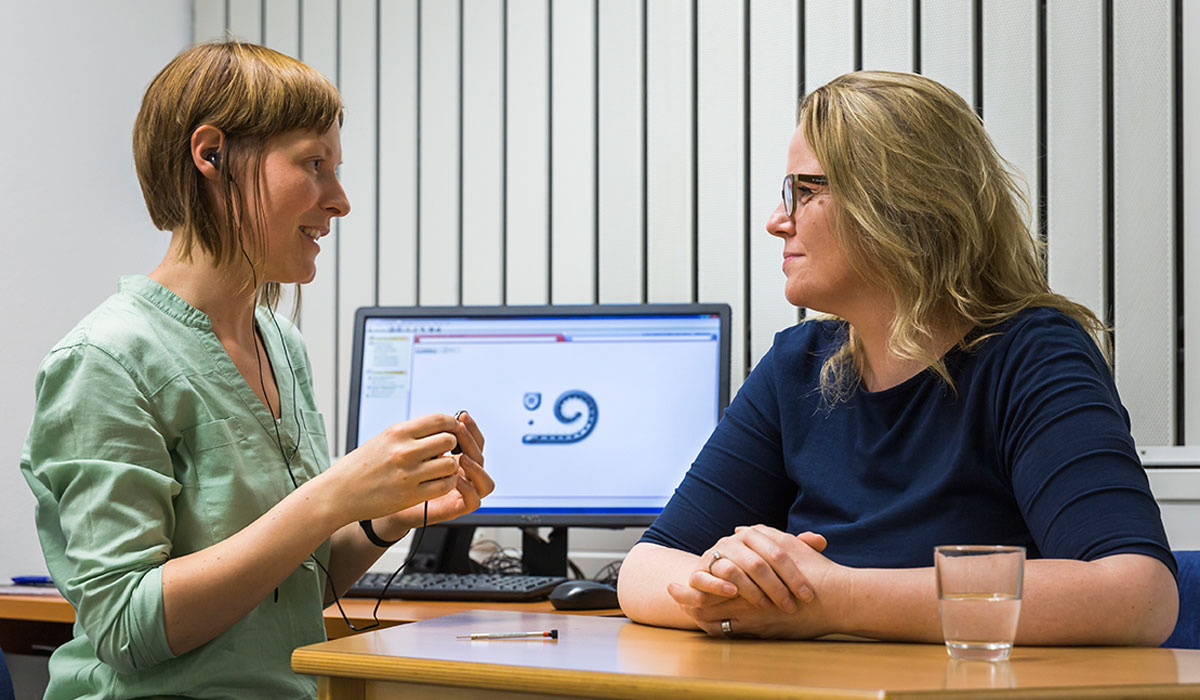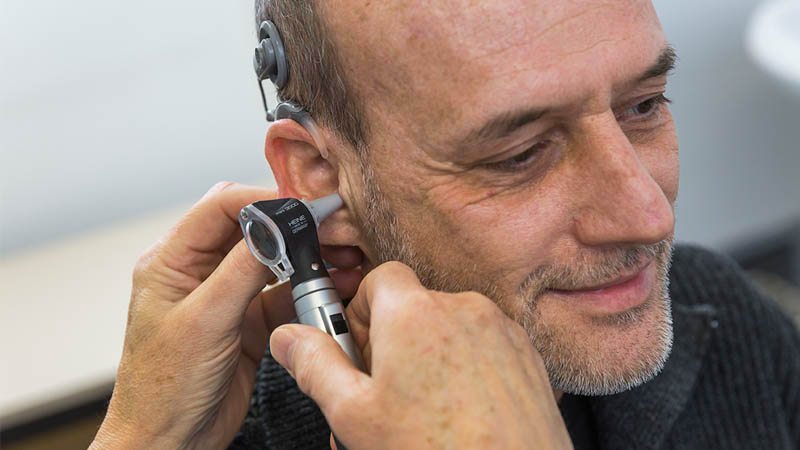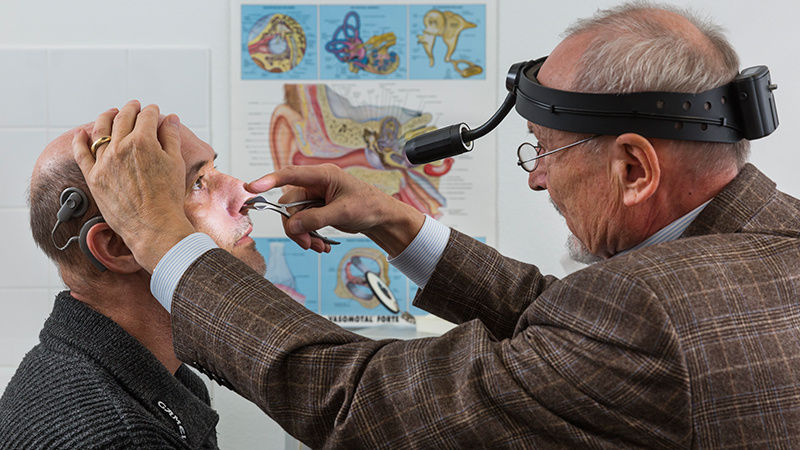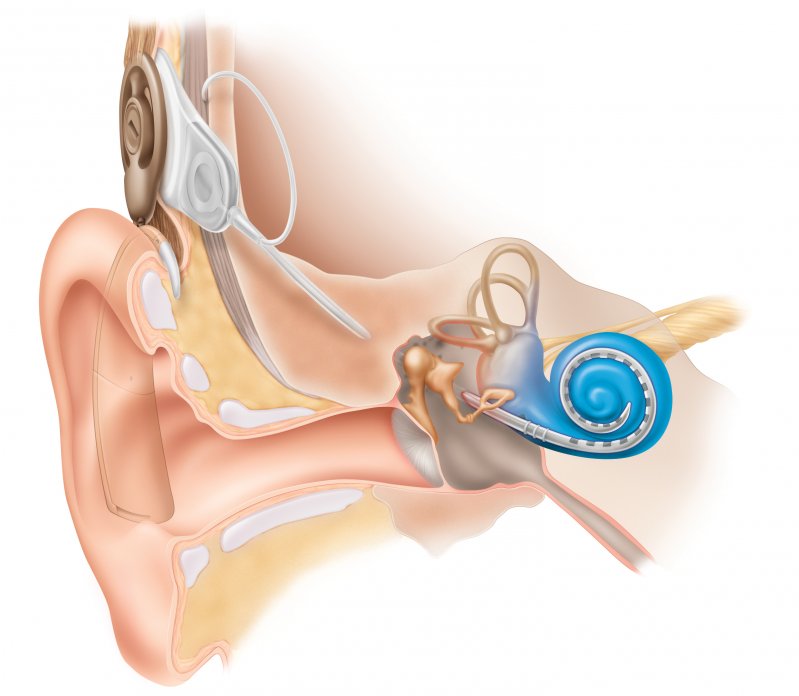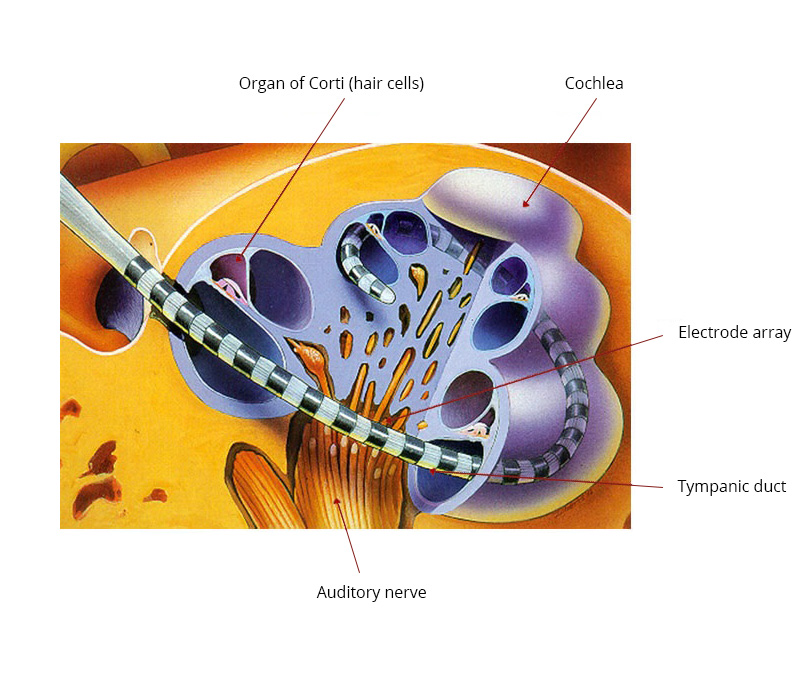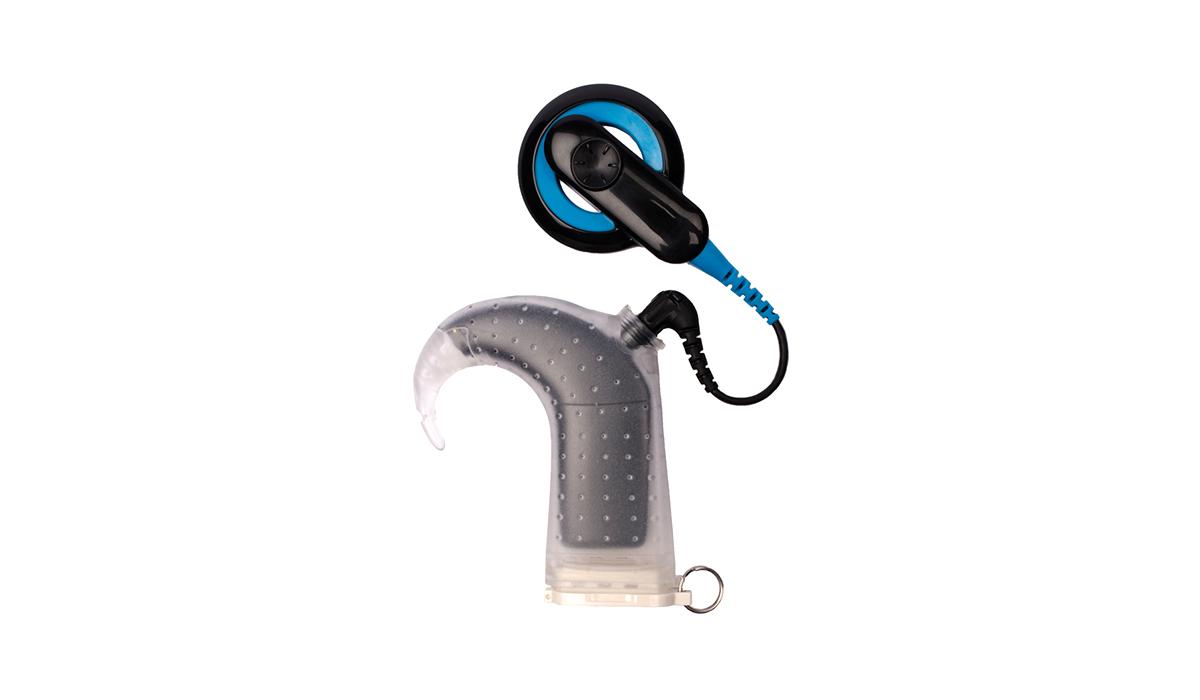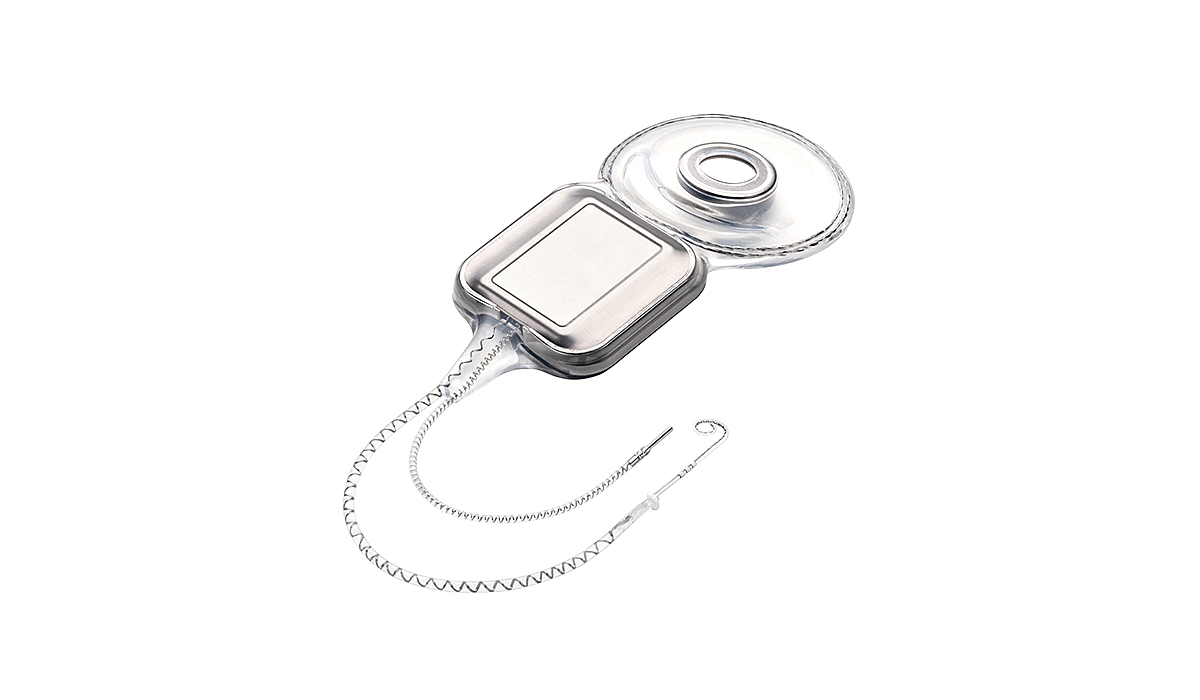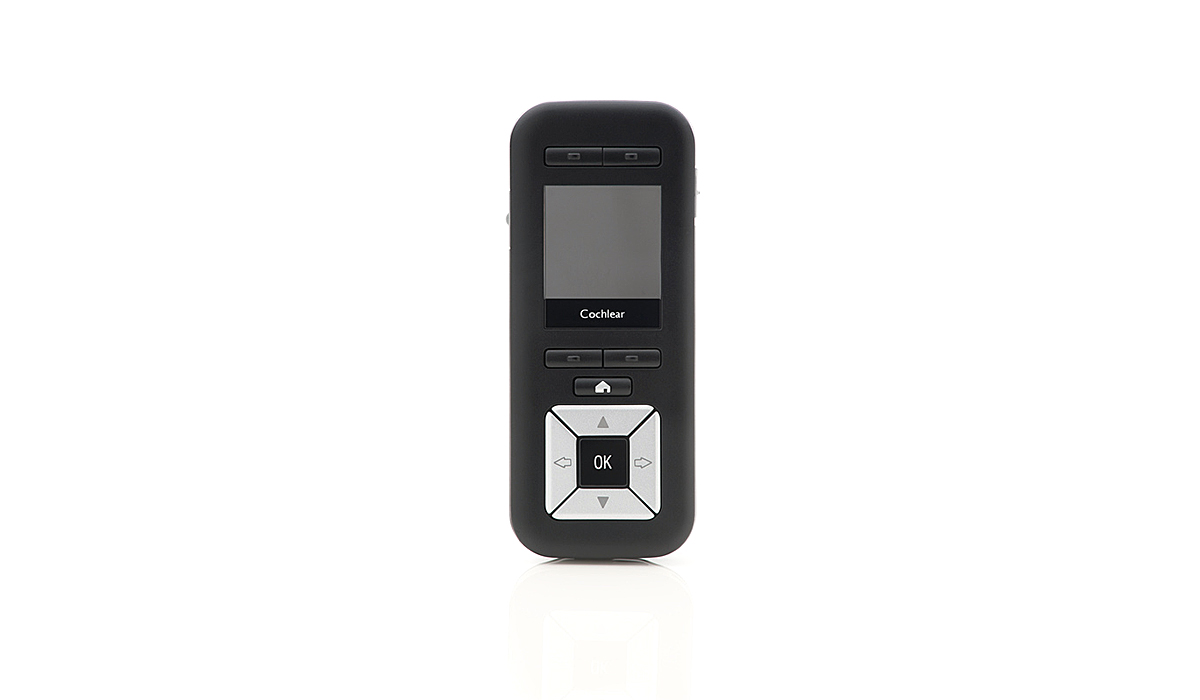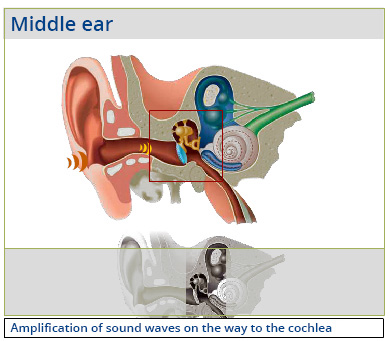English
Requirements
Requirements
Hearing with a cochlear implant is only possible if the central auditory pathway is intact. All neural structures leading from the inner ear to the brain are meant to be the central auditory pathway. And the non-transmission of nerve impulses is a rare occurrence. The neural structures remember: What in the vast majority of hearing-impaired and / or practically deaf individuals does not work properly is the conversion of motion (sound waves) into electrical impulses in the inner ear.
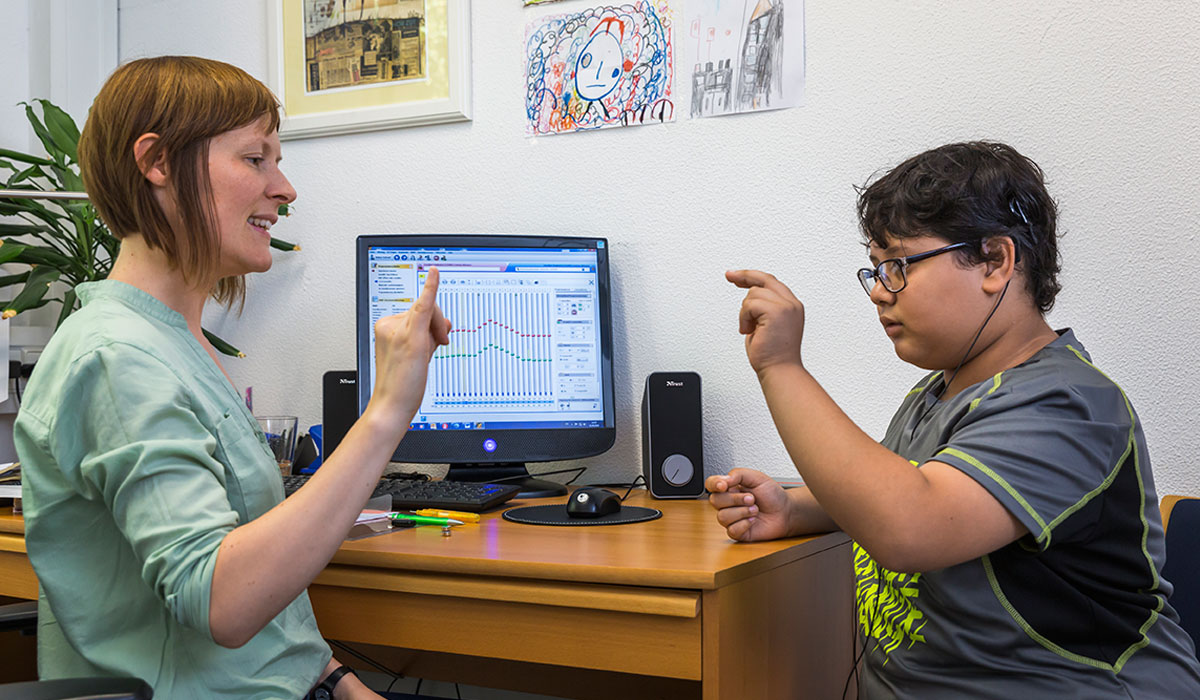
In other words, if this condition is met, we recommend a unilateral or bilateral cochlear implantation for children over the age of six months who suffer from hearing loss on both sides of the inner ear and who have either no, or only limited benefits from hearing-aids that fit on both sides. The cochlear implants are also recommended for adult patients who have acquired post-lingual hearing loss on both sides of the inner ear achieving only a limited hearing gain on both sides even with the best hearing aids.
